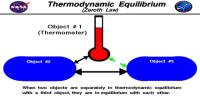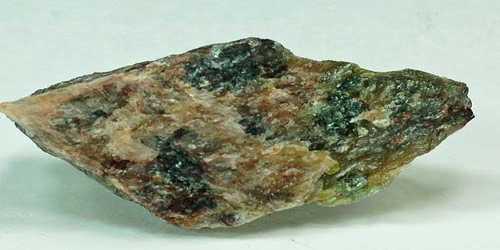Scandium nitride (ScN) is a binary III-V indirect bandgap semiconductor. It is composed of the scandium cation and the nitride anion. It forms crystals that can be grown on tungsten foil through sublimation and recondensation. It has several important properties that make it useful in a variety of applications, particularly in the fields of electronics and materials science.
It has a rock-salt crystal structure with lattice constant of 0.451 nanometer, an indirect bandgap of 0.9 eV and direct bandgap of 2 to 2.4 eV. These crystals can be synthesized by dissolving nitrogen gas with indium-scandium melts, magnetron sputtering, MBE, HVPE and other deposition methods. Scandium nitride is also an effective gate for semiconductors on a silicon dioxide (SiO2) or hafnium dioxide (HfO2) substrate.
Properties
ScN is a hard material, though not as hard as some other nitrides like titanium nitride (TiN) or boron nitride (BN). It still has significant hardness, which is useful in certain high-performance applications. It is a semiconductor, and its electrical properties can be tuned by doping with other elements, making it potentially useful for certain electronic devices.
- Chemical formula: ScN
- Molar mass: 58.963
- Density: 4.4 g/cm3
- Melting point: 2,600 °C (4,710 °F; 2,870 K)
Synthesis Methods
Scandium nitride can be synthesized through various methods, including:
- Direct Reaction of Scandium with Nitrogen: This method involves the reaction of scandium metal with nitrogen gas at high temperatures (often above 600°C).
- Reactive Sputtering: A thin film of ScN can be deposited onto substrates using sputtering techniques in a nitrogen atmosphere.
Applications
- Electronic Devices: Due to its semiconducting properties, scandium nitride can be used in the production of electronic components such as transistors and diodes.
- Optoelectronics: The compound can also be useful in optoelectronic applications, including lasers, photodetectors, and light-emitting devices.
- Hard Coatings: ScN’s hardness and resistance to wear make it a candidate for coating tools and other surfaces subject to mechanical wear.
- Thermoelectric Materials: Its thermal conductivity and semiconductor behavior might make it a candidate for thermoelectric devices that convert heat into electricity.
- High-Temperature Applications: Its high melting point and stability make it a good material for high-temperature applications, such as in aerospace or industrial equipment.
















